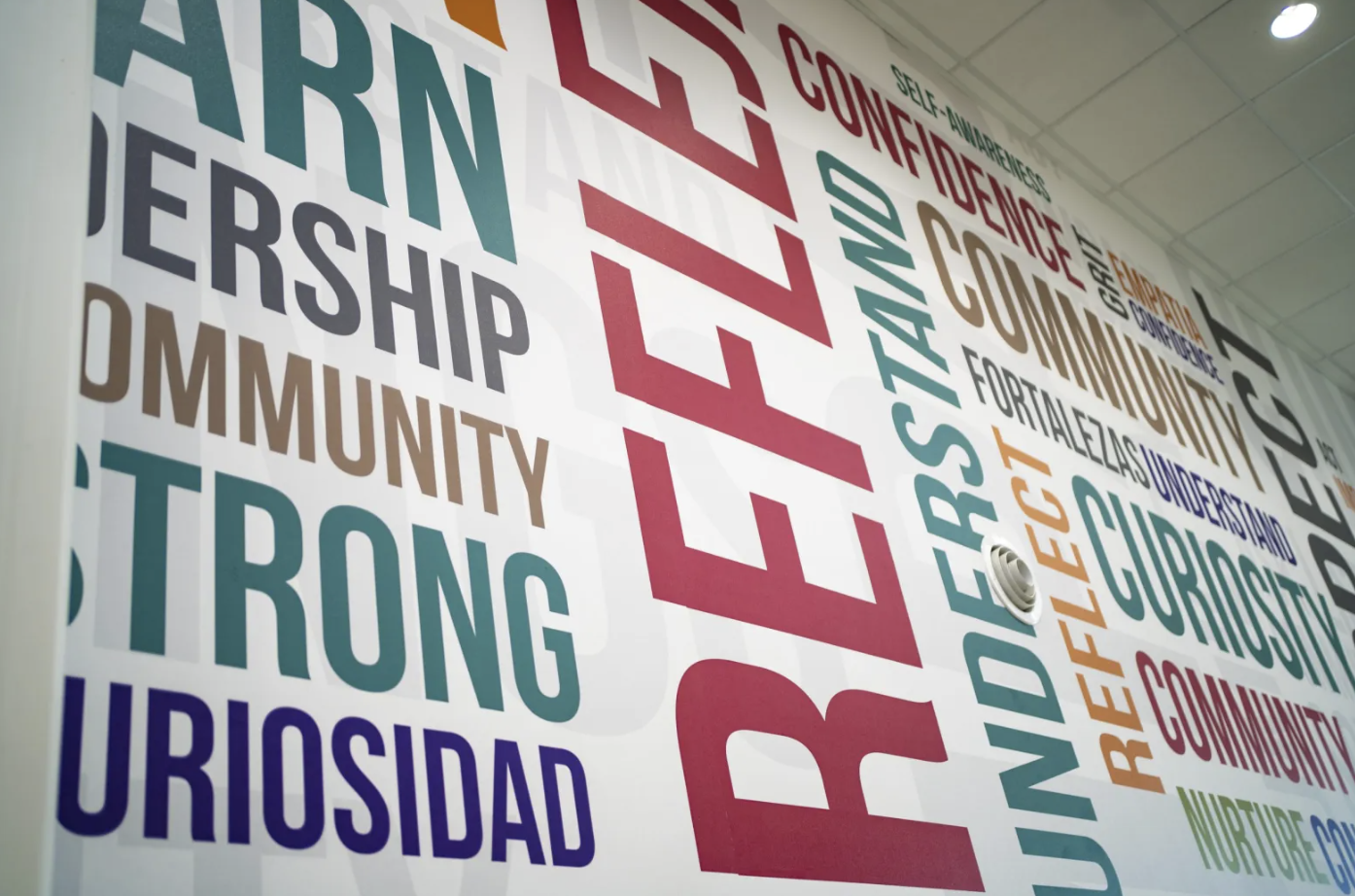What Indiana’s K-12 schools can learn from colleges’ reopening plans
What Indiana’s K-12 schools can learn from colleges’ reopening plans
By Emma Kate Fittes, Chalkbeat, Jun 23, 2020
Around Ivy Tech’s campuses, there is evidence that reopening plans are coming together: signs encourage social distancing, classrooms are rearranged, masks are stockpiled. But Indiana’s community college system faces the real test next month, when it welcomes back some students.
Before fall-semester students descend on campus in August, Ivy Tech will bring back a smaller group of those who weren’t able to complete labs or skill-checks virtually in the spring.
It will be the ultimate stress test, said Ivy Tech’s Vice President of Public Safety and Emergency Preparedness Jonathon Barefoot. He recommends that K-12 schools figure out how to do something similar. Even the most extensive planning, he said, won’t give schools a full picture of what it’s like to have students back on campus.
“We’ve got to be able to adapt to what you see in front of you,” Barefoot said. ”You can always add another sign, another ‘Wait Here’ sticker on the floor if we need to. But you can’t if you’re not out there watching.”
Universities and colleges are faced with the same challenge as Indiana’s K-12 schools: figuring out how to offer in-person learning while preventing the spread of the coronavirus among students and staff.
While most district superintendents are still figuring out how to implement precautions, plans for many higher education institutions facing financial pressure to reopen have already been released. And the university officials who put them together say they can prove instructive for K-12 schools.
Purdue University, for example, was early and aggressive in its decision to reopen. The institution’s plan includes mandating that students wear masks, social distance, and get a flu shot. The fall semester will also operate on a modified schedule — getting rid of the typical October break so students will finish in-person classes before Thanksgiving.
Other universities have taken similar approaches. Indiana University will also condense its fall semester in an attempt to limit student travel and wrap up before a potential second wave of COVID-19 cases during the winter months.
“That large break is mainly due to the assumption that we will have a concurrent flu season with a pretty nasty wave or winter hit of COVID-19,” said Graham McKeen, assistant director of public and environmental health, referring to the school’s planned winter recess. “We want to limit our impact on the health care, critical care system.”
IU is also taking a phased approach to bringing students and faculty back to its campuses, starting with only researchers, and spreading out move-in dates. Instructors will have the option to teach from behind a large, moveable plexiglass shield. And in an effort to “de-densify” the campus, class start times will be staggered rather than on the hour and students will be able to choose from a menu of options for attending, which could include only showing up in-person part of the time.
K-12 schools could make similar schedule changes, and State Superintendent Jennifer McCormick previously recommended they consider alternating when students are in the building or offer a part-time virtual hybrid option.
Barefoot, from Ivy Tech, recommended K-12 schools interested in a hybrid option consider having students attend in-person every other week, rather than every other day. That allows more time for COVID-19 symptoms to appear and for deep cleaning.
Schools can cohort younger students who can’t independently complete e-learning, he said, keeping them grouped together so if one child becomes positive they will only have exposed a small number of classmates.
However, McKeen, from IU, said the key for all schools to keep everyone safe will likely be more about how students and teachers in the buildings conduct themselves — including whether they wear masks, wash their hands, and practice social distancing. It could be more difficult to get younger students to remain disciplined.
“In general, in health and safety and public health, so much of what we want people to do is to practice healthy behaviors,” he said. “[It’s] figuring out those creative ways to get people to change their behaviors. All of these things are absolutely imperfect but when you combine them, [it] works.”
At Wabash College, a small private, liberal arts college for men in western Indiana, administrators will lean into the school’s code of conduct when asking students to wear masks. It says simply that all students should behave “as a gentleman” at all times.
“We will do our best to make accommodations and we will pivot as we need to,” said Professor Ann Taylor, who heads the school’s Healthy Campus Committee. “But who we are as an institution is that face-to-face place.”
Wabash will work on a shorter schedule to finish classes before Thanksgiving. As a small school with fewer than 1,000 students, Taylor said they will be able to create a more tailored approach for students who are high-risk for COVID-19 complications or test positive for the coronavirus.
Taylor suggested that K-12 schools bring together the people “closest to the problem” in order to find solutions. It’s teachers who know the nuances of what they need in classrooms, for example, even as those needs evolve.
“That’s really important because it’s a huge problem and it touches everything,” Taylor said. “There’s no way that a small group of people can know all the intricacies.”






